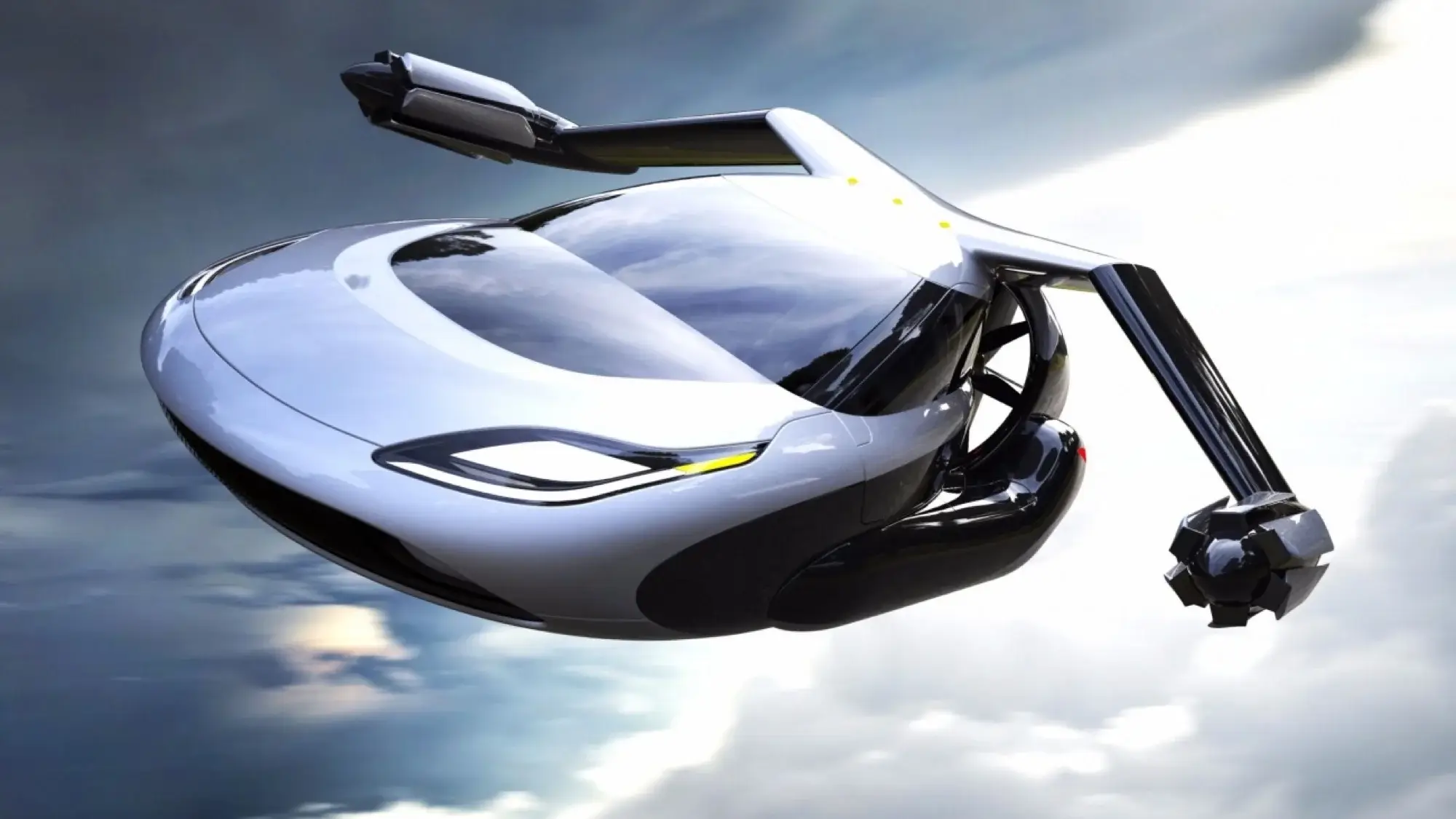
Following countries, along with several others, are making significant strides in advancing the development and integration of flying cars into their transportation ecosystems. While challenges remain in terms of regulation, infrastructure, and public acceptance, the progress made by these countries indicates a promising future for the realization of flying cars as a viable mode of urban mobility.
-
United States: The United States is at the forefront of flying car technology, with several companies and startups working on prototypes and concepts. Companies like Uber, Bell, Boeing, and Joby Aviation are actively developing electric vertical take-off and landing (eVTOL) aircraft. The Federal Aviation Administration (FAA) is also collaborating with industry stakeholders to establish regulations and guidelines for the safe integration of flying cars into the national airspace.
-
Germany: Germany has emerged as a major player in the development of flying cars. Companies like Lilium and Volocopter are pioneers in the eVTOL industry, with successful test flights of their electric aircraft. The German government is supportive of the emerging air mobility sector, offering financial incentives and research grants to advance the technology.
-
Japan: Japan is investing in the development of flying cars as part of its initiative to lead in the field of future mobility. Companies like SkyDrive and NEC Corp are actively working on eVTOL prototypes and have conducted public demonstrations of their flying car technology. The Japanese government is actively involved in promoting urban air mobility and exploring potential use cases for flying cars.
-
United Arab Emirates: The United Arab Emirates (UAE) is committed to being at the forefront of cutting-edge transportation technologies, including flying cars. Dubai has partnered with various companies to test and deploy flying taxis, aiming to become a global hub for urban air mobility. Companies like Volocopter and EHang have conducted test flights in Dubai, showcasing the city's commitment to innovative transportation solutions.
-
Singapore: Singapore is actively exploring the potential of flying cars to address urban transportation challenges. The Civil Aviation Authority of Singapore (CAAS) is collaborating with industry players to conduct trials and demonstrations of eVTOL technology. The city-state's compact urban environment makes it an ideal testbed for exploring the feasibility of flying cars as part of its future mobility plans.
What is Flying Car ?
Flying taxis, also known as air taxis or urban air mobility vehicles, are a new and innovative mode of transportation that aims to revolutionize urban mobility. These futuristic vehicles are designed to provide on-demand aerial transportation within cities, offering a faster and more efficient alternative to traditional ground-based transportation. Here are some key points about flying taxis:
-
Electric Vertical Take-Off and Landing (eVTOL) Technology: Flying taxis are typically powered by electric motors and equipped with vertical take-off and landing capabilities, allowing them to take off and land in confined urban spaces without the need for runways or helipads.
-
Short-Hop Urban Transportation: Flying taxis are envisioned to operate on short-haul routes, shuttling passengers between specific points within urban areas. They are designed to complement existing transportation systems and alleviate congestion on the roads.
-
Autonomous and Semi-Autonomous Operations: Many flying taxi concepts aim to incorporate autonomous or semi-autonomous capabilities, reducing the need for a human pilot and improving safety and efficiency.
-
Reduced Travel Time: Flying taxis have the potential to significantly reduce travel time for urban commuters, especially during peak hours when road congestion is high. They can bypass traffic jams and take more direct routes, getting passengers to their destinations faster.
-
Environmental Benefits: Electric-powered flying taxis have the potential to be more environmentally friendly than traditional aircraft or ground-based vehicles, as they produce fewer emissions and noise pollution.
-
Challenges and Considerations: The development and integration of flying taxis into urban environments come with several challenges, including airspace management, safety regulations, infrastructure requirements, and public acceptance.
-
Emerging Industry: The concept of flying taxis has attracted significant interest from technology companies, startups, and established aviation manufacturers. Several companies are actively developing and testing prototypes, aiming to make urban air mobility a reality in the coming years.
